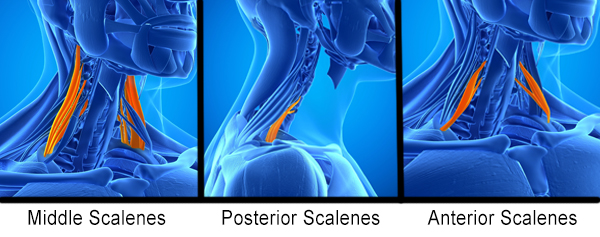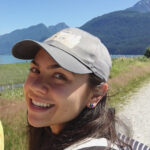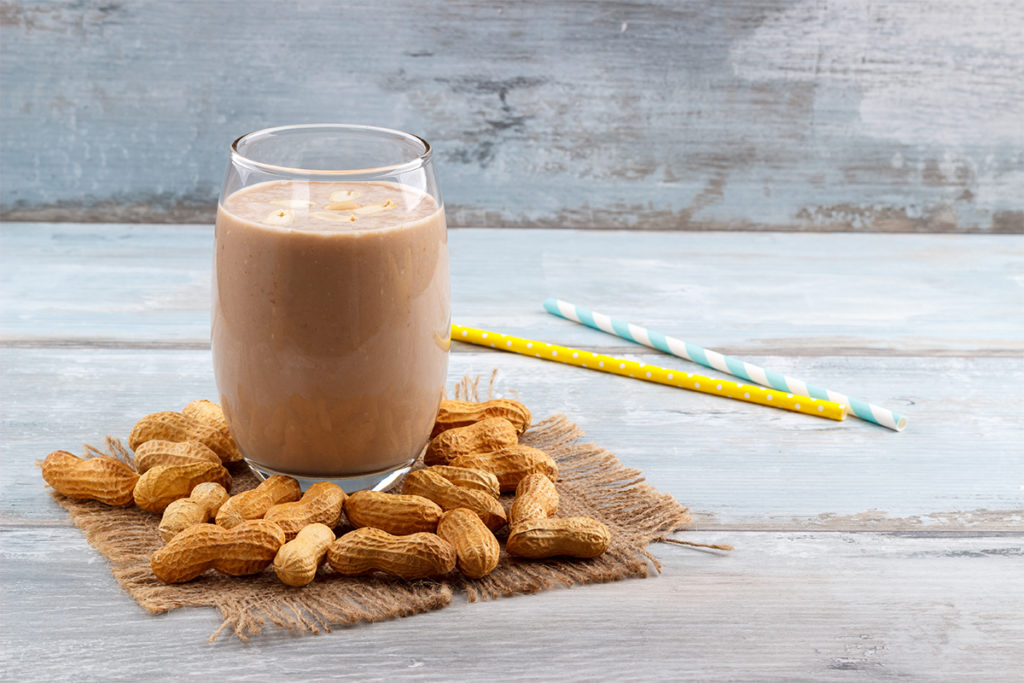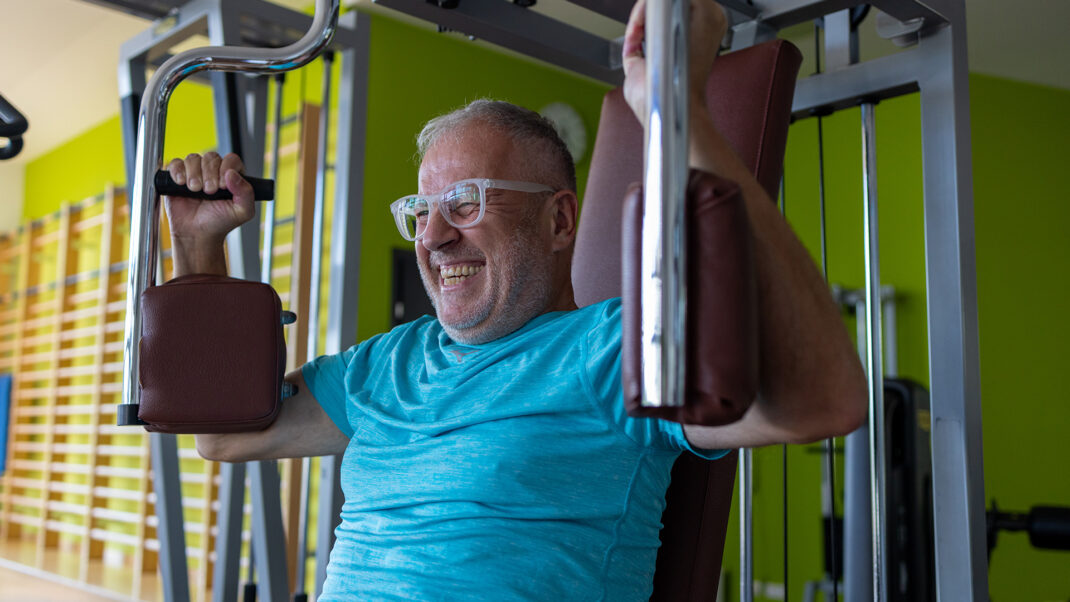A Nod to Scalenes
Discover some fascinating facts about these lesser-known neck muscles.

How much do you know about your scalene muscles? If you just tilted your head in confusion, you can attribute that simple movement, in part, to your scalenes, three pairs of muscular tissue that flank the sides of the neck.
Anterior scalenes, on the front side of the neck, connect the third through sixth cervical vertebrae to the first rib.
Posterior scalenes, near the back side, stretch from the bottom three or four vertebrae to the second rib.
Middle scalenes, the longest and largest of the three, are between the anterior and posterior scalenes and attach all six lower vertebrae to the first rib (Bordoni & Varacallo 2018; Anatomy Next 2019).

Working together, the scalenes maintain posture between the neck and head, help move the neck, and act as accessory breathing muscles (Bordoni & Varacallo 2018).
Here are some more details that could turn your head:
- You may be familiar with the word scalene as it relates to triangles. The term comes from the Greek word skalenos, meaning uneven, and refers to a triangle of unequal sides—roughly the shape formed by the three scalene muscles (Gest & Schlesinger 1995).
- As secondary respiratory muscles, the scalenes assist with forced inspiration—which occurs when increased physical exertion requires more oxygen—by lifting the attached ribs to allow more breathing capacity for the lungs (Bordoni & Varacallo 2018).
- When scalene muscles on both sides contract simultaneously, they flex the neck forward. When scalenes contract on one side only, they bend the neck laterally to the same side as the contracting muscles (Anatomy Next 2019; Buford et al. 2002).
- Proper stretching of the scalenes can be achieved by extending the head and neck laterally and rotating the head toward the opposite side of the target muscles (Buford et al. 2002).
- In addition to anterior, middle and posterior scalenes, some people have a fourth scalene muscle, called the minimum scalene, connecting the seventh vertebra to the first rib (Bordoni & Varacallo 2018).
References
Anatomy Next. 2019. Scalene muscles. Accessed Mar. 20, 2019: anatomynext.com/scalene-muscles/.
Bordoni, B., & Varacallo, M. 2018. Anatomy, head and neck, scalenus muscle. StatPearls. Accessed Mar. 20, 2019: ncbi.nlm.nih.gov/books/NBK519058/.
Buford, J.A., et al. 2002. Actions of the scalene muscles for rotation of the cervical spine in macaque and human. Journal of Orthopaedic & Sports Physical Therapy, 32 (10), 488–96.
Gest, T.R., & Schlesinger, J. 1995. MedCharts Anatomy. New York: ILOC. Accessed Mar. 29, 2019: web.duke.edu/anatomy/siteparts/anatomytables/labs/postneck_tables.html.
Sarah Kolvas
Sarah Kolvas is the content manager for IDEA.






